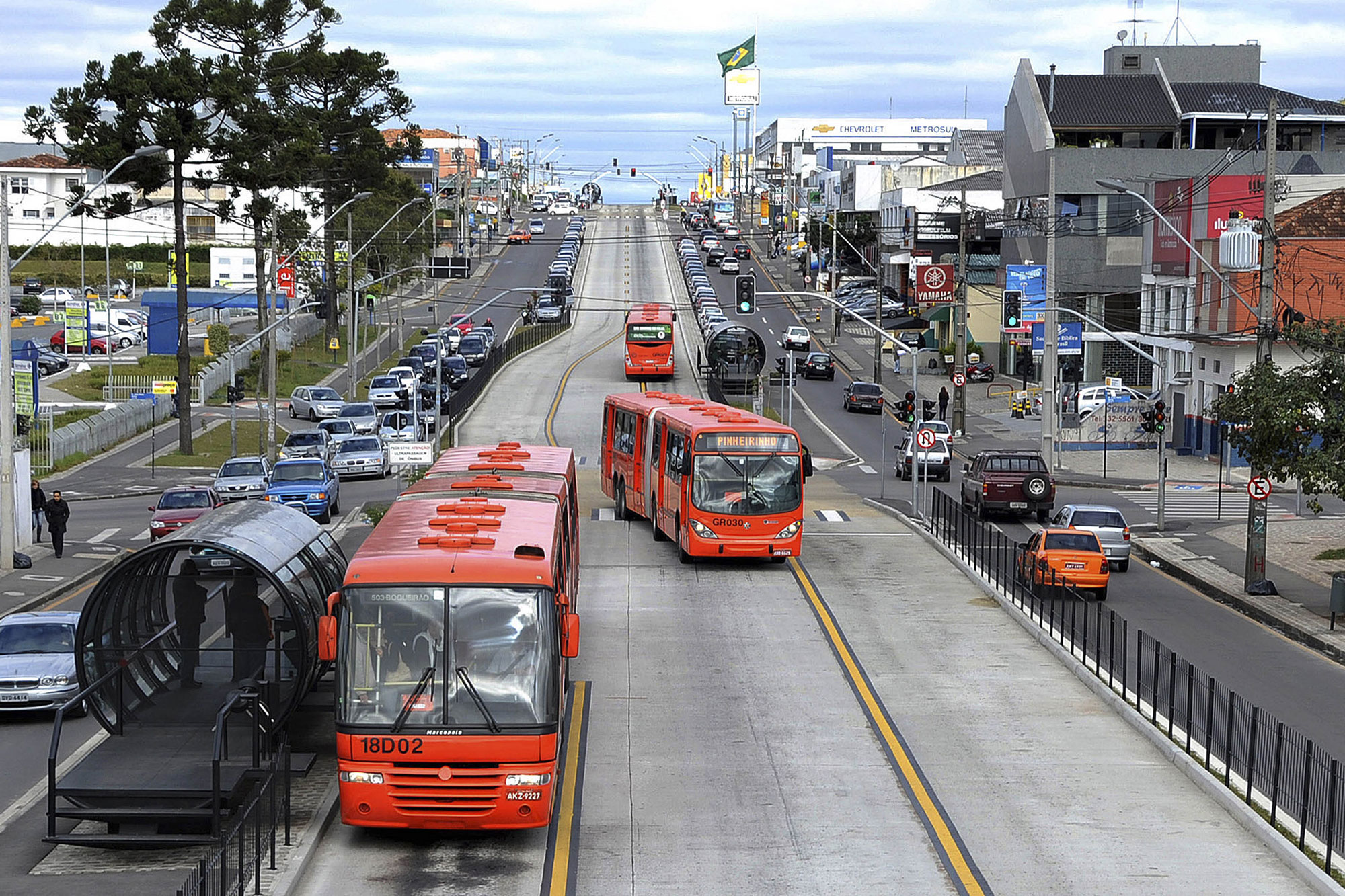To achieve the net-zero emission target set for 2050 in the Paris Agreement, the transition to zero- emission buses (ZEBs) is urgently needed. It is not a matter of whether such transition is necessary, but how the change should be implemented. Different countries are in very different status regarding this change. In this initiative we aim to better understand how the change should be implemented in different contexts. For our analyses, we will compare the cities in which we are currently working considering how are public transport services presently provided. As a starting point, we will compare direct and indirect emissions of different bus alternatives in all these cities. Second, we will estimate the additional benefits of electro(public)mobility, in addition to reductions on greenhouse gas (GHG) emissions, such as reductions in air pollution, reductions in noise pollution, cost saving for bus operators, etc. Third, we will estimate impacts of electrification on fleet performance and infrastructure requirements.
Among the many challenges of this transition is how to set future procurement contracts between bus operators and governments, since the choice amongst different green energy sources imposes larger risks. In this transition, we realise a new set of risks given the uncertainty associated with the availability and cost of non-diesel buses, the capability of energy suppliers to provide enough electricity from the grid to charge a fleet of buses (as opposed to one or two trial buses), the need for a significant re-construction of the depot to accommodate charging stations, let alone the training required for maintenance and other staff in operating non-diesel buses. This risk is made more complex by uncertainty as to whether electric or hydrogen is the way to go, with an investment in electric buses having a stranded asset risk if hydrogen subsequently is a preferred energy source. Therefore, who should bear the risks associated with the transition away from diesel or how should be shared among different actors in the supply chain? Are there additional considerations based on the initial conditions that should be taken into account?
Finally, using a participatory action approach, we will explore for those cities in which we are based and that have been transitioning to ZEBs, what this means in terms of social justice. That is through a public justice lens, we will investigate the implications, of this transition to ZEBs, in terms of green jobs, green urban form, and racial & gender justice.
Related Papers
- Abdelgadir, S., Giliomee, J., Venter, C., Booysen, M. (2023). Using tracking data and an electro-mobility simulator to establish the energy requirements of electric minibus taxis in Tshwane. Proceedings: 41st Southern African Transport Conference, Pretoria, South Africa.
- Hensher, D., Wei, E., Balbontin, C. (2022). Comparative assessment of zero emission electric and hydrogen buses in Australia. Transportation Research Part D, 102.
- Besa J., Stewart, A. (2023). Battery Electric Bus Planning & Operations: Energy predictions for bus services. Technical Report for the Chicago Transit Authority
- Stewart, A., Zegras, C. (2022). Interactive mapping for public transit planning: Comparing accessibility and travel- time framings. Journal of Transport and Land Use, 15(1), 635–650.












